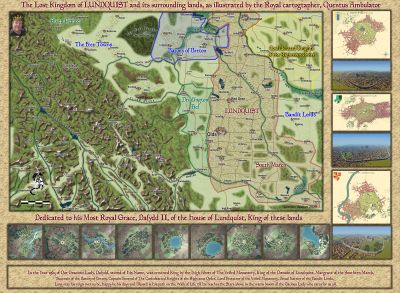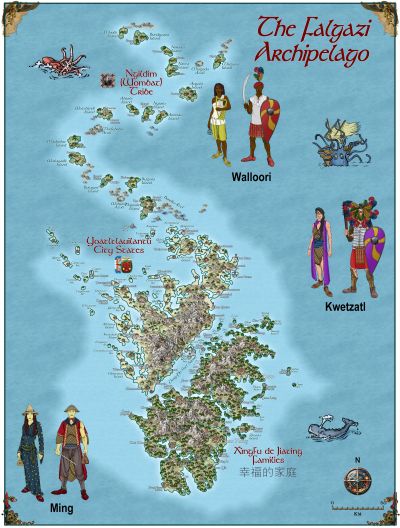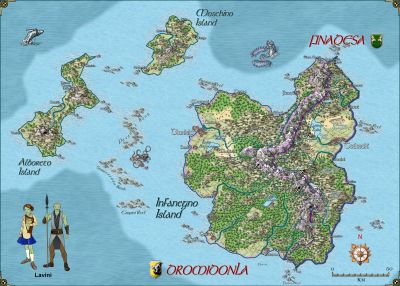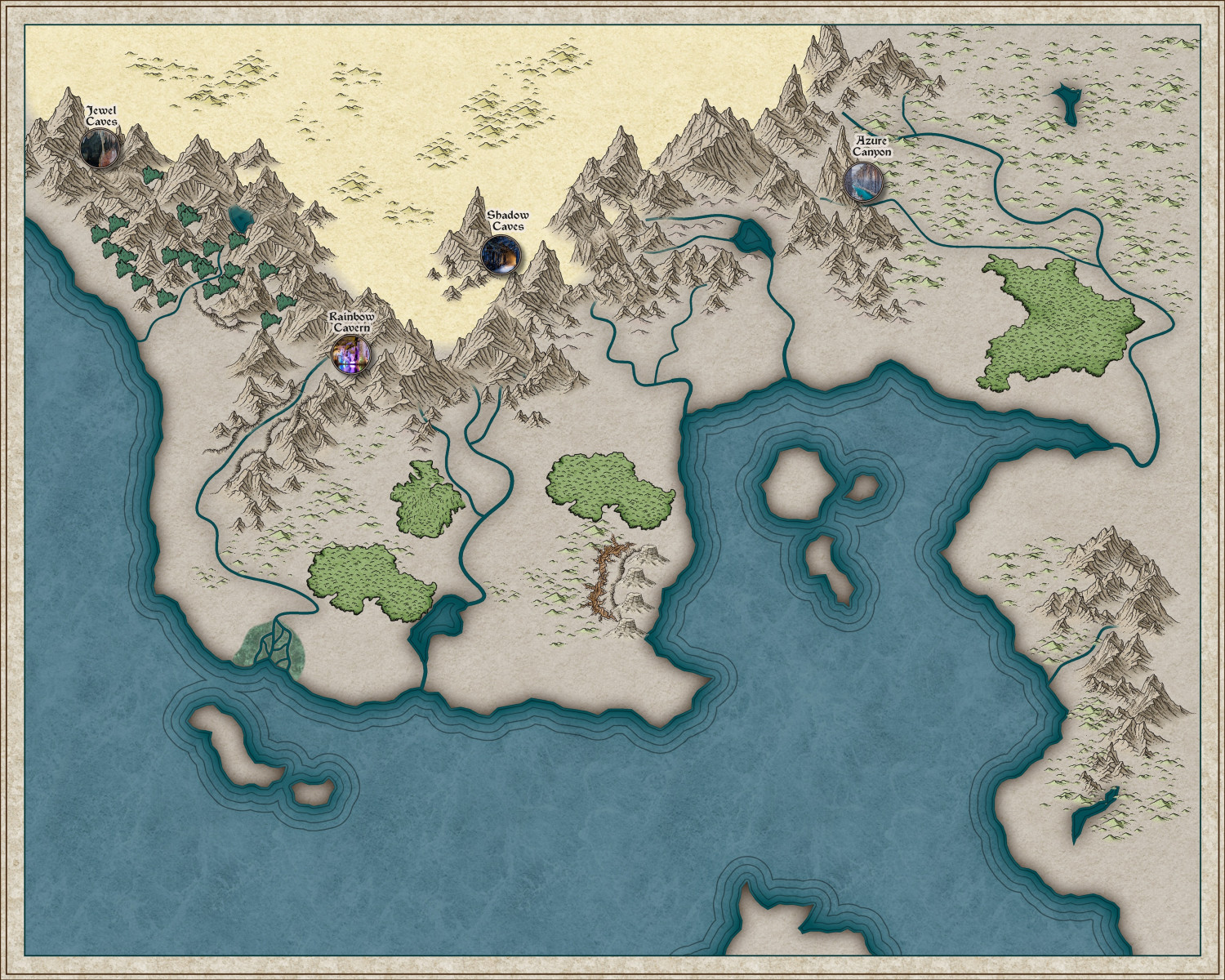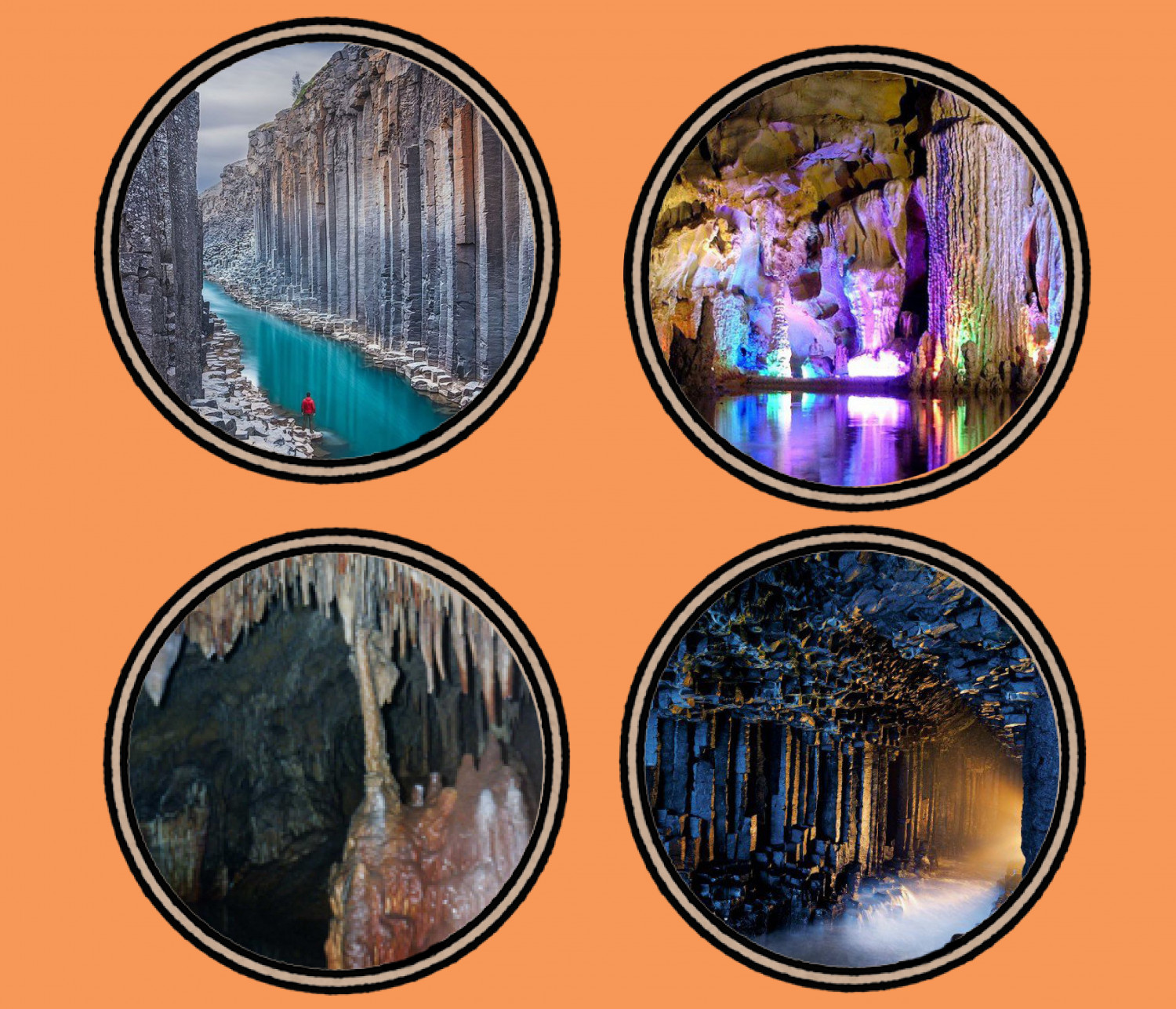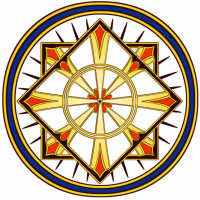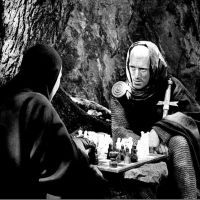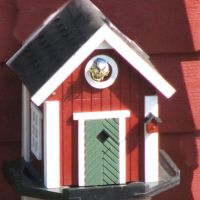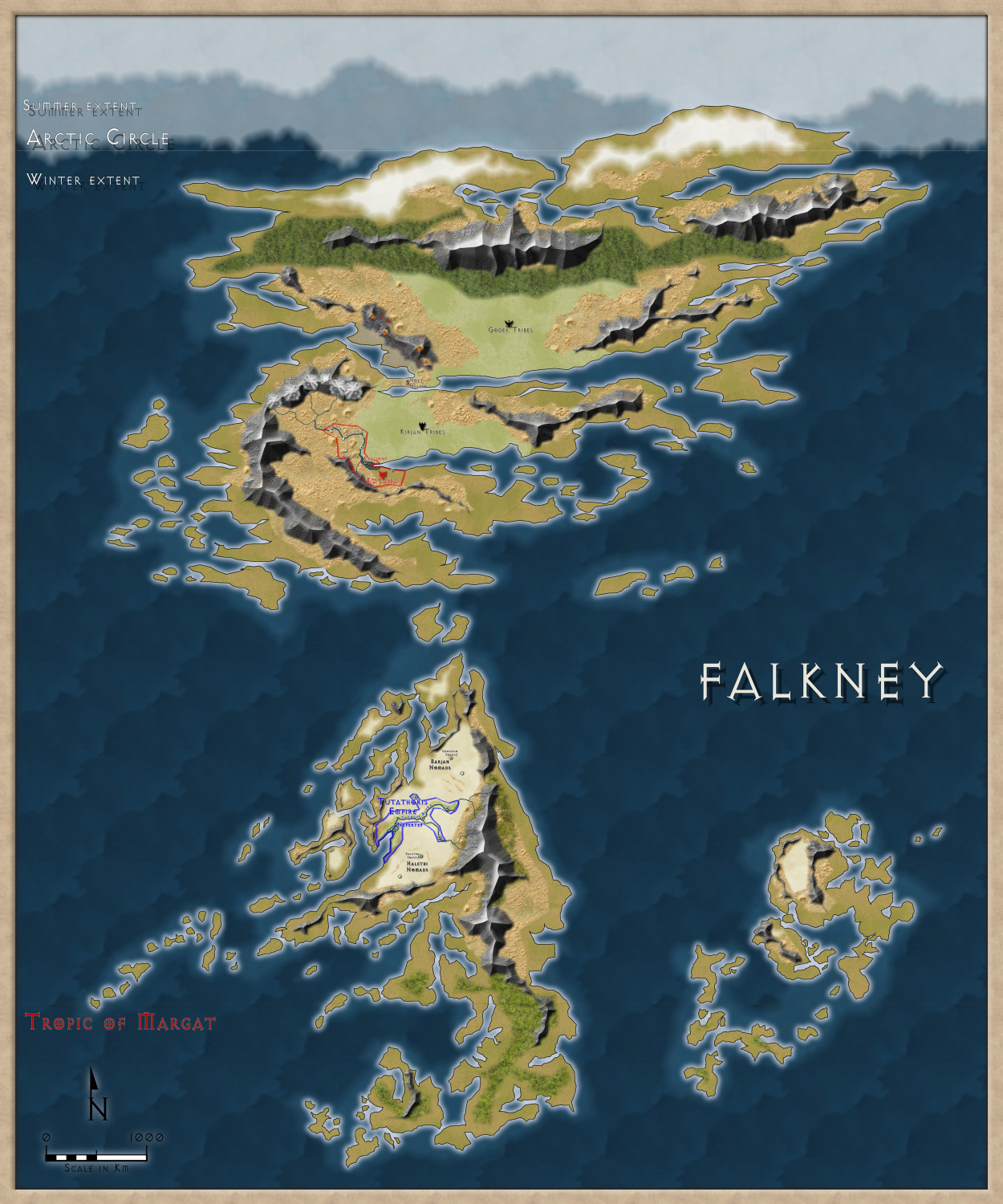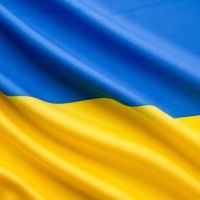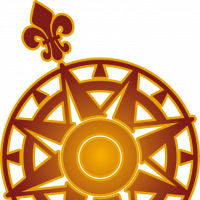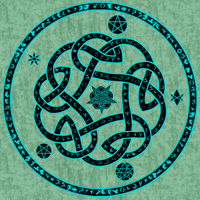Quenten
Quenten
About
- Username
- Quenten
- Joined
- Visits
- 7,184
- Last Active
- Roles
- Member
- Points
- 2,858
- Birthday
- November 29, 1950
- Location
- Australia
- Real Name
- Quenten Walker
- Rank
- Mapmaker
- Badges
- 16
Reactions
-
Ancient Realms revised - a test map with new icons
I have decided to revisit this style myself - it is a favourite of mine, especially with the use of icons. I was delighted that Ralf showed how to make new icons, so I have been making some for myself.
I have decided that even the major settlements will be represented by icons rather than usual symbols - just for fun.
Here is the beginning.
I am happy to share the icons if anyone wants them - all from free images on the internet.
Here are the 4 I have done so far:
-
IDEA: Terrain over cutout rivers
-
Creating large cities without crashing
My advice is to show only all the buildings by hiding all sheets without Buildings on them, then dividing the buildings into various districts suing layers. Then hiding all building layers except the district you are working on. And the more bitmap symbols you use, the better - i know it takes longer, but the map will actually look better as well as run better.
Here is your FCW with the buildings divided into 5 separate layers - North, South, East, West and Central. You can hide those layers except for the district you are working on. I suggest you use bitmap buildings for at least 20% of the buildings you have in the map - just delete a few houses here and there and use bitmap ones instead.
Incidentally, I had no trouble or even much of a delay in redrawing the map with all buildings showing, with Sheet effects on.
-
Birdseye Continental - style development thread
-
The World of Falkney
Got a bit bored with my other mapping projects, so i decided to create a world, using real world Falkland Islands and Orkney. Hence the name.
Not finished, but just rivers and big cities and countries to go. Decided to set it in a Bronze age era, so not that many contiguous countries, and quite a few 'empires'. So far, Sumer in the northern continent, and ancient Egypt in the southern continent.
Here it is in the Gallery: https://forum.profantasy.com/profile/gallery/12400/Quenten/388


